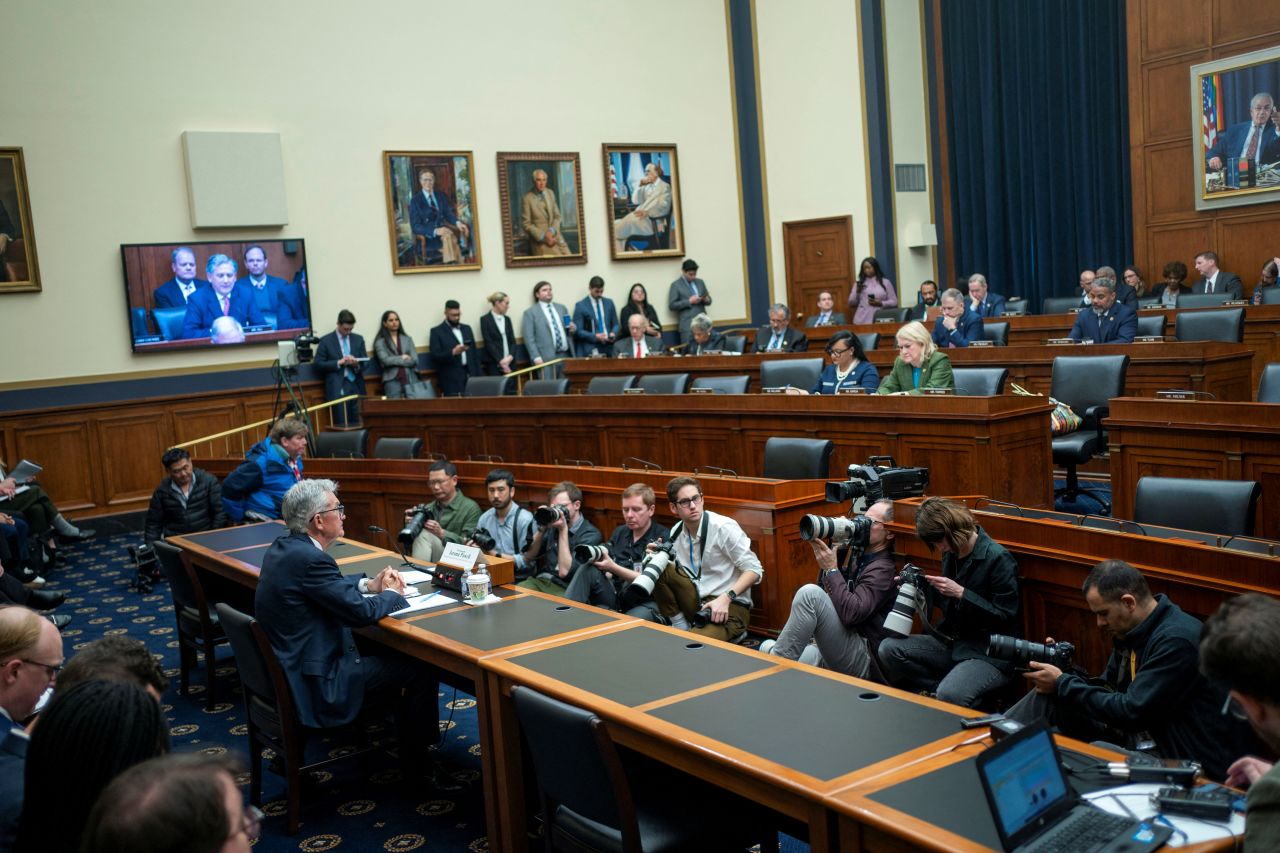A 'now hiring' sign is displayed in a retail store in Manhattan on January 5 in New York City.?
Spencer Platt/Getty Images
Private-sector US employers added an estimated 140,000 jobs in February, showing the labor market remains on solid footing, payroll processor ADP reported Wednesday.
Last month’s total landed slightly below economists’ expectations for a net gain of 150,000 jobs but above ADP’s January tally, which was upwardly revised to 111,000 hires.
The lion’s share of the February gains were in services (+110,000 jobs), specifically leisure and hospitality, which added 41,000 jobs.
“The economy still seems to be chugging along, and hiring is keeping up that pace,” Nela Richardson, ADP’s chief economist, said during a call with reporters on Wednesday.
ADP’s National Employment Report showed that wage growth — a focal point for the Federal Reserve as it seeks to tamp down interest rates — continued to decelerate for “job-stayers.” Their pay gains measured 5.1% last month, the smallest increase since August 2021, ADP reported.
However, for the first time in more than a year, people who switched jobs saw an acceleration in the pay bumps they received. Year-over-year pay gains measured 7.6% in February, rising from 7.2% and registering the first increase since November 2022.
Job-changers’ wage gains are more sensitive to labor market dynamics, Richardson noted.
While ADP’s tabulations don’t often correlate with the official federal jobs report — due out Friday — it’s sometimes viewed as a proxy for overall hiring activity, which has remained strong.
Economists anticipate that February’s jobs report will show a net gain of 200,000 positions, according to FactSet consensus estimates.


















